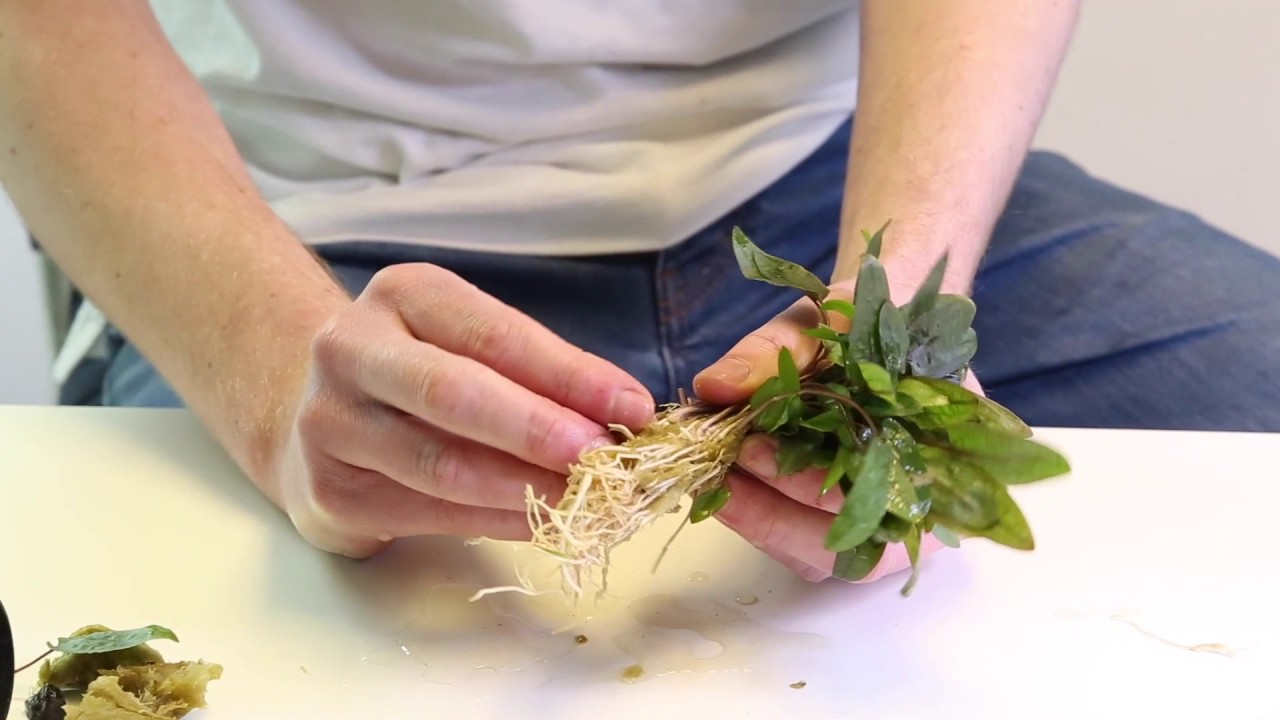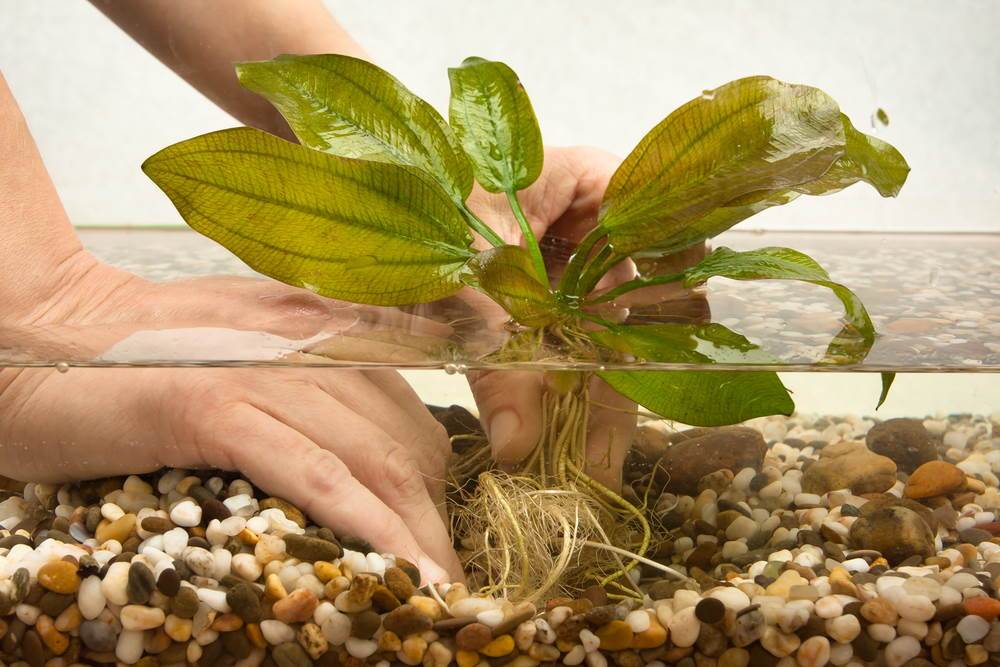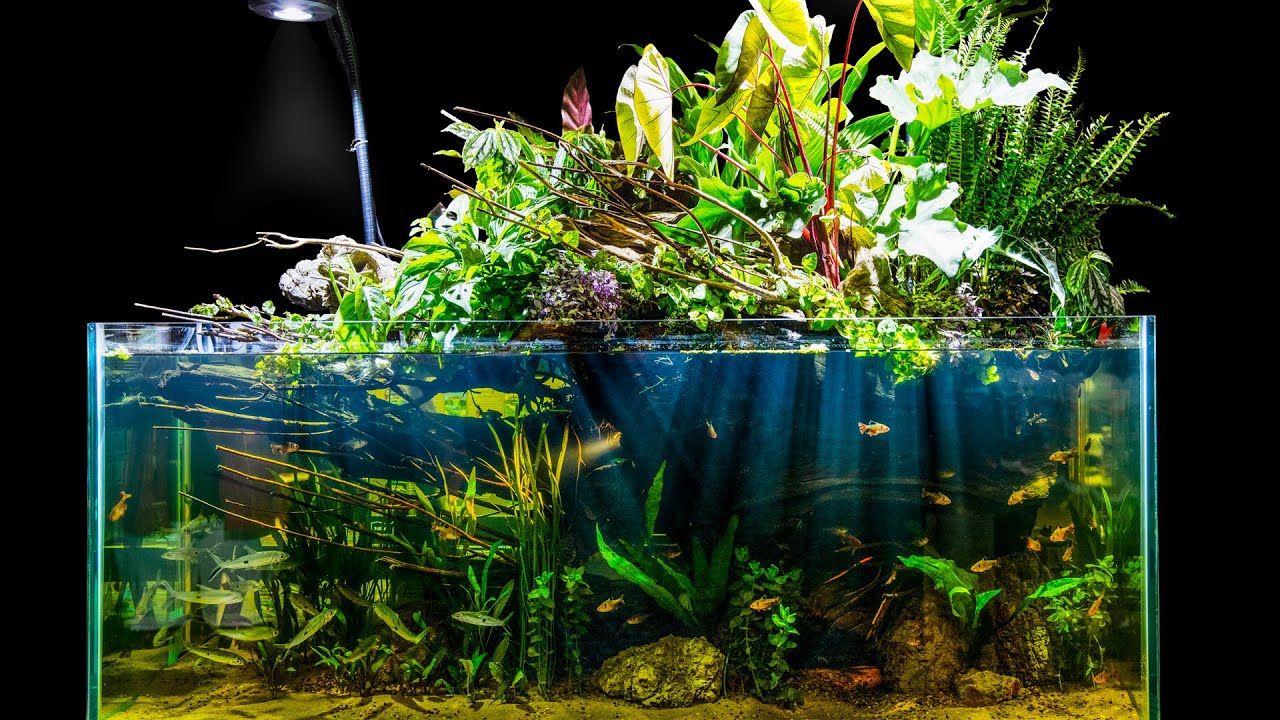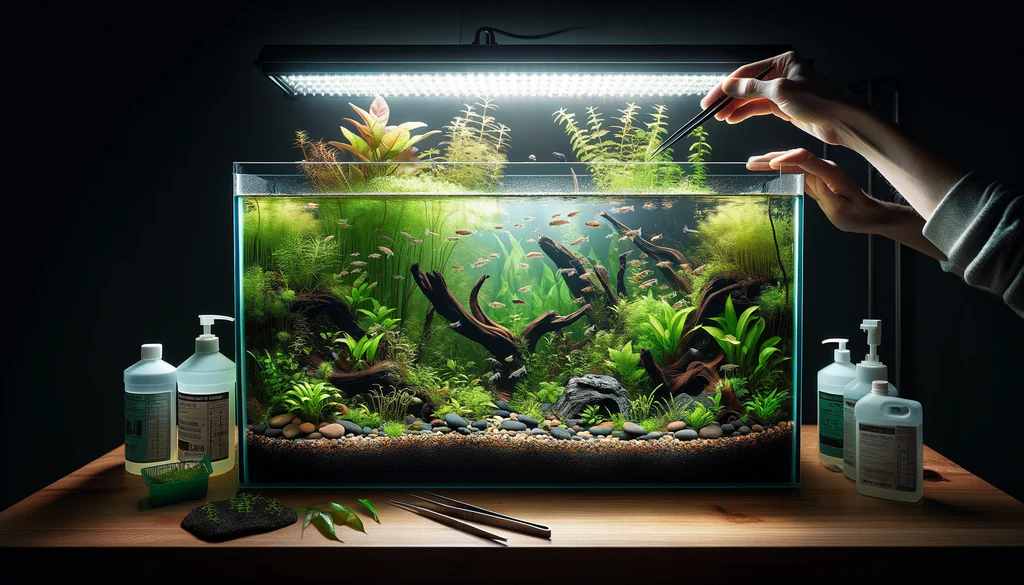Aquatic Knowledge
How to Plant Aquarium Plants: Tips for a Lush and Healthy Tank
Aquarium plants not only enhance the beauty of your tank but also play a crucial role in maintaining a balanced ecosystem. If you’ve been wondering how to plant aquarium plants successfully, this guide is for you. I’ll walk you through everything you need to know, from selecting the right plants to properly planting and caring for them. By the end, you’ll have a vibrant, lush aquatic garden that both you and your fish will love.
Why Planting Aquarium Plants Is Important
Before we dive into the how-to of planting aquarium plants, let’s talk about why live plants are a game-changer for your tank. Think of aquarium plants as the lungs of your underwater world. They absorb carbon dioxide and release oxygen, making the water healthier for your fish to breathe. This natural process improves water quality, creating a more stable and balanced environment for your aquatic pets.
But that’s not all—live plants do more than just oxygenate the water. They also offer a safe haven for your fish, providing hiding spots that can significantly reduce stress. Fish love to explore and find shelter, and having live plants in your tank allows them to feel more secure. Less stress means happier, healthier fish.
Another big plus of having live plants is their role in controlling algae growth. Algae and plants both compete for the same nutrients in the water. By adding live plants, you’re essentially outcompeting the algae, which helps keep that unwanted green fuzz in check. This not only keeps your tank looking clean but also maintains a healthier environment overall.
And let’s not forget the aesthetics. A well-planted tank is simply beautiful. It creates a lush, natural setting that mimics your fish’s natural habitat, making your aquarium a peaceful and visually stunning centerpiece. Live plants bring life, color, and movement to your tank, turning it into an underwater garden that’s as healthy as it is gorgeous.
How to Plant Aquarium Plants: Step-by-Step Guide
Choosing the Right Plants
The first step in how to plant aquarium plants is selecting the right species for your tank. Not all plants are suitable for every aquarium, so it’s crucial to consider factors like lighting, water conditions, and substrate.
- Consider Light Requirements: Some plants need high-intensity lighting, while others thrive in low light. If you’re a beginner, opt for low-light plants like Java Fern or Anubias, which are hardy and easy to care for.
- Check Water Parameters: Research the ideal water temperature, pH, and hardness for the plants you’re interested in. This will ensure that your chosen plants thrive in your tank’s environment.
- Substrate Selection: The type of substrate you choose will affect how well your plants root and grow. Nutrient-rich substrates like aqua soil are ideal for most plants, but some species can thrive in plain gravel or sand.

Preparing the Substrate
A proper substrate is essential for the successful growth of your aquarium plants. It not only anchors the plants but also provides them with the necessary nutrients.
- Layer the Substrate: Start by adding a nutrient-rich substrate layer at the bottom of your tank. This could be a commercial aqua soil or a DIY mix of garden soil and clay. On top of this, add a layer of fine gravel or sand to keep the nutrients from leaching into the water.
- Depth Matters: Aim for a substrate depth of at least 2-3 inches. This will give the plants enough space to root and grow effectively.
Planting Techniques

Now that your substrate is ready, it’s time to plant your aquarium plants. There are different techniques depending on the type of plant you’re dealing with.
- Stem Plants: For stem plants, use tweezers to plant each stem individually into the substrate. Ensure that at least 1-2 inches of the stem are buried to promote strong root growth. Plant them in groups to create a fuller look.
- Rooted Plants: For plants with established root systems, dig a small hole in the substrate, place the plant in, and cover the roots gently with the substrate. Avoid burying the crown (where the leaves meet the roots) as this can cause rot.
- Floating Plants: Floating plants like duckweed or water lettuce don’t require planting. Simply place them on the water surface, and they’ll grow naturally.
Spacing and Layout
Proper spacing and layout are crucial for creating an aesthetically pleasing and healthy aquarium.
- Consider Growth Patterns: When planting, consider how large each plant will grow. Place taller plants towards the back of the tank and shorter ones in the front to create depth and visual interest.
- Leave Room for Growth: Avoid overcrowding your plants. Leave enough space between each plant to allow them to spread and grow without competing too much for light and nutrients.
Adding Fertilizers

Aquarium plants, like their terrestrial counterparts, need nutrients to thrive. While a nutrient-rich substrate provides a good start, adding fertilizers can promote healthier and faster growth.
- Root Tabs: For rooted plants, use root tabs that can be pushed into the substrate near the plant’s roots. These provide essential nutrients directly to the plant’s root system.
- Liquid Fertilizers: For all plants, especially those that absorb nutrients through their leaves, use liquid fertilizers. Add them to the water according to the manufacturer’s instructions to avoid nutrient deficiencies.
Lighting Requirements
Light is one of the most important factors in the growth of aquarium plants. Without proper lighting, your plants may become weak, discolored, or fail to grow altogether.
- Choose the Right Light: Ensure that your aquarium light is designed for plant growth. LED lights specifically designed for aquariums are a great option as they provide the right spectrum and intensity for most aquatic plants.
- Lighting Duration: Generally, aquarium plants need 8-10 hours of light per day. Use a timer to maintain a consistent light schedule, which will help prevent algae growth.
Maintaining Water Quality
To keep your aquarium plants healthy, it’s essential to maintain high water quality. Poor water conditions can lead to algae overgrowth, plant decay, and poor plant health.
- Regular Water Changes: Perform weekly water changes of about 20-30% to remove excess nutrients and waste that can harm your plants.
- Monitor Water Parameters: Regularly test your water for pH, temperature, ammonia, nitrites, and nitrates. Keep these parameters within the ideal range for your specific plants.
Maintaining and Caring for Your Aquarium Plants

Trimming and Pruning
Regular trimming and pruning are necessary to keep your plants healthy and prevent them from overtaking the tank.
- Use Sharp Scissors: Always use sharp, clean scissors to trim plants. This will ensure a clean cut and prevent damage to the plant tissue.
- Remove Dead or Dying Leaves: Regularly inspect your plants and remove any dead or dying leaves. This prevents decay from spreading and keeps your tank looking tidy.
Dealing with Algae
Algae is a common problem in planted aquariums, but it can be managed with the right approach.
- Control Light Exposure: Excessive light can lead to algae growth. Ensure your aquarium light isn’t on for more than 10 hours a day.
- Introduce Algae-Eaters: Consider adding algae-eating fish or invertebrates, like snails or shrimp, to help control algae naturally.
Common Challenges and Solutions
Even with the best care, you might face some challenges when maintaining your aquarium plants.
- Yellowing Leaves: This is often a sign of nutrient deficiency. Ensure your plants are getting enough iron and other essential nutrients through fertilizers.
- Slow Growth: If your plants are growing slowly, check your lighting, CO2 levels, and nutrients. Adjust as necessary to promote better growth.
Conclusion
Planting and maintaining a thriving underwater garden requires a bit of effort and knowledge, but the rewards are well worth it. By following this guide on how to plant aquarium plants, you can create a beautiful, healthy environment for your fish and enjoy the stunning aesthetics of a well-planted tank. Remember, patience is key, and with time, your aquarium will become a lush, vibrant underwater paradise.
FAQs
How often should I change the water in my planted aquarium? Regular partial water changes of 20-30% every 1-2 weeks help maintain water quality.
Can I use tap water for my aquarium plants? Yes, but it’s recommended to treat tap water with a water conditioner to remove chlorine and other harmful chemicals.
What are some easy-to-care-for aquarium plants for beginners? Java Fern, Anubias, and Amazon Sword are excellent choices for beginners due to their low maintenance needs.
How do I prevent algae from overtaking my aquarium plants? Balance light and nutrients, avoid overfeeding fish, and perform regular water changes to control algae growth.
Is it necessary to have CO2 injection for all types of aquarium plants? Not all plants require CO2 injection, but it can significantly enhance growth and health for more demanding species.
